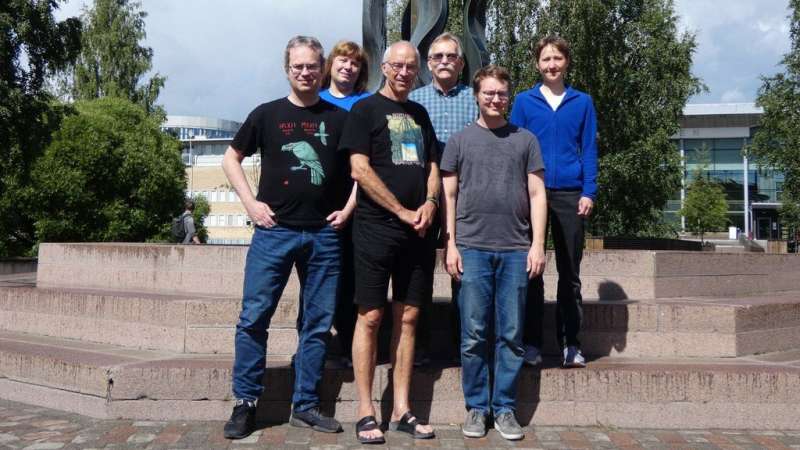StarNEig: Solving dense nonsymmetric standard and generalized eigenvalue problems

What does the design of a building or bridge have in common with an electric circuit or a loudspeaker? Well, if you want it done properly, then you the need ability to solve eigenvalue problems.
For example, a strong wind can make a bridge move a bit. Normally, this is not a problem, but if the frequency of the wind gusts are just right, then the bridge can sway violently and suffer structural collapse.
This is an example of the physical phenomenon known as resonance. The critical frequencies can be computed from a model of the bridge by solving a large scale eigenvalue problem.
However, if the bridge is well designed, then the resonances frequencies will lie far outside the range which the local weather can produce.
Resonance is not necessarily a bad thing! When we are tuning a radio, we are actually adjusting the resonance frequency of an electrical circuit to match the frequency used by the radio station.
Researchers working at Umeå University have recently released the new library called StarNEig for solving dense nonsymmetric standard and generalized eigenvalue problems. Eigenvalues problems of this type occur everywhere, but structural engineers and electrical engineers are heavy users.
StarNEig is a modern task-based library which applies to both small workstations and large super-computers. It uses a specialized runtime system to coordinate all available CPUs and GPU-accelerators. This leads to better resource utilization and a shorter time-to-solution compared with older techniques. In fact, StarNEig can be substantially faster than other libraries.
Moreover, StarNEig also realizes new parallel algorithms for computing eigenvectors without suffering from a computational error known as a floating-point overflow. Eigenvectors are important when you want to describe the actual motion of, say, a bridge or the state of an electrical circuit. If floating-point overflows were not prevented, then the computed eigenvectors would be meaningless.


















